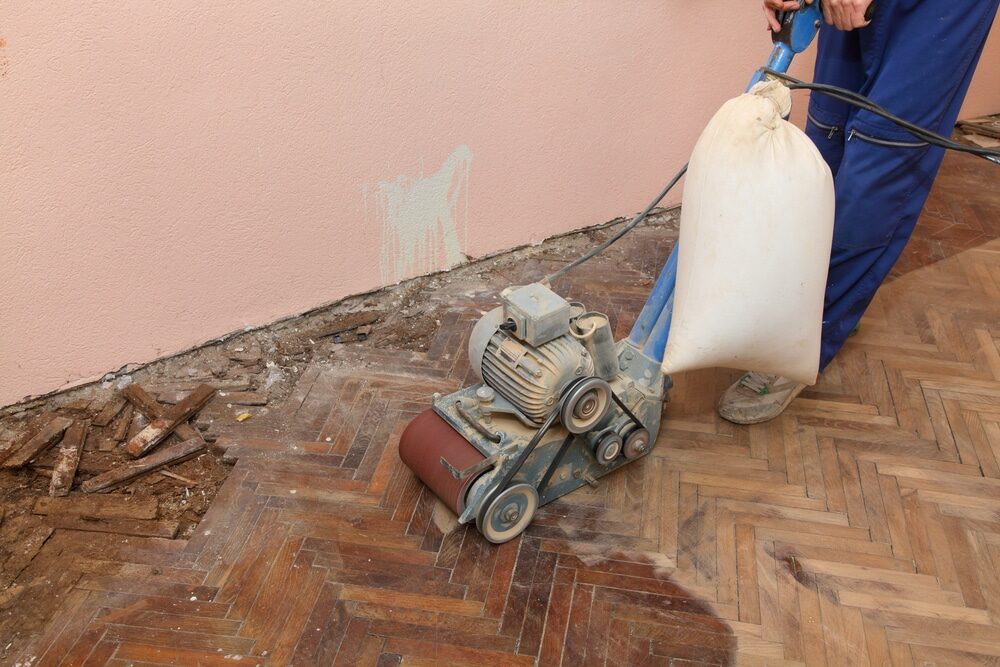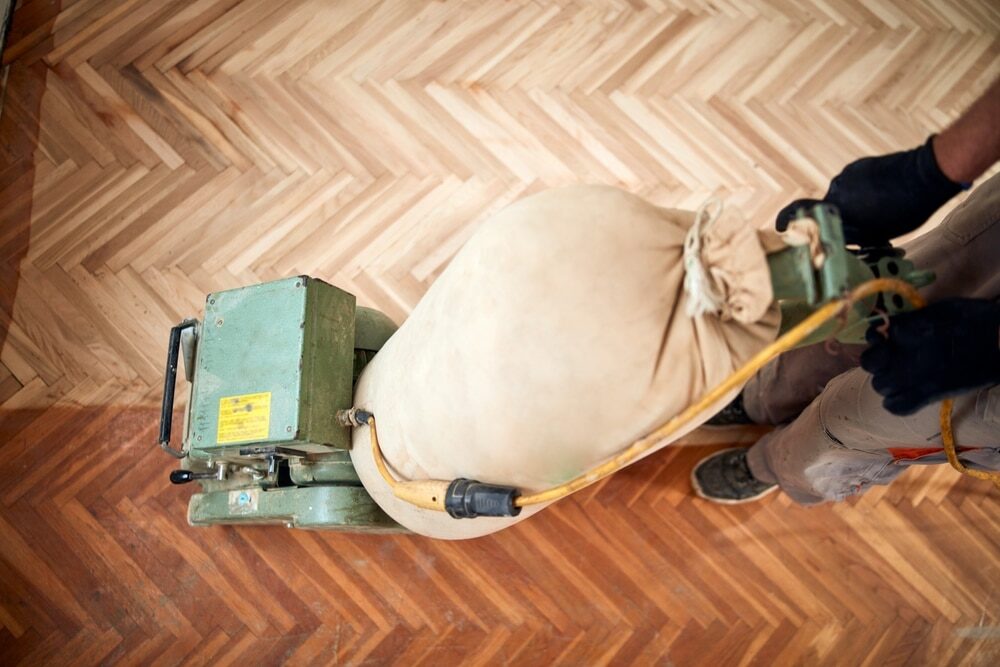London:
Nationwide:
How to Avoid Common Mistakes in Edge Sanding
Posted on September 1, 2023
Edge sanding
Mastering Edge Sanding: Tips for Perfect Finishes
I’d bet my bottom pound that for most of us, the first time we tried our hands at woodworking, we didn’t give two hoots about edge sanding. After all, what could be simpler than rubbing a piece of sandpaper over wood? As it turns out, there’s a lot more to it than that. Just like you wouldn’t stir a cup of tea with a fork (a travesty!), you wouldn’t want to approach edge sanding without a bit of finesse and know-how.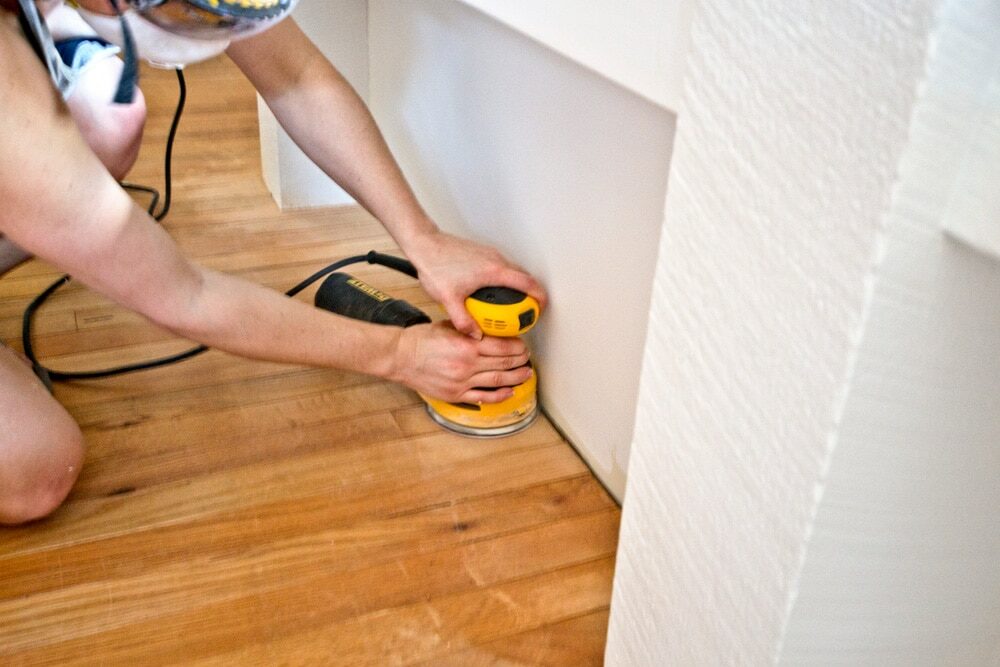
The power of edges
The edges of a piece of woodwork can make or break your entire project. A sleek, well-finished edge is like a well-tailored suit: it fits, it shines, and it impresses. On the flip side, a poorly sanded edge is the woodworking equivalent of socks with sandals. Not a pretty sight. So, let’s roll up our sleeves and dive into how we can avoid those common pitfalls that lurk in the realm of edge sanding.1. Wrong Grit, Wrong Time
Starting with an extremely coarse grit might seem like a time saver, but it can result in deeper scratches than you bargained for. Similarly, if you jump straight to the finest grit, you’ll be there until next Christmas, trying to smooth that edge. The Fix: Always progress through grits methodically. Start with the coarser ones, only moving to the finer grits after you’ve eliminated the scratches from the previous grit.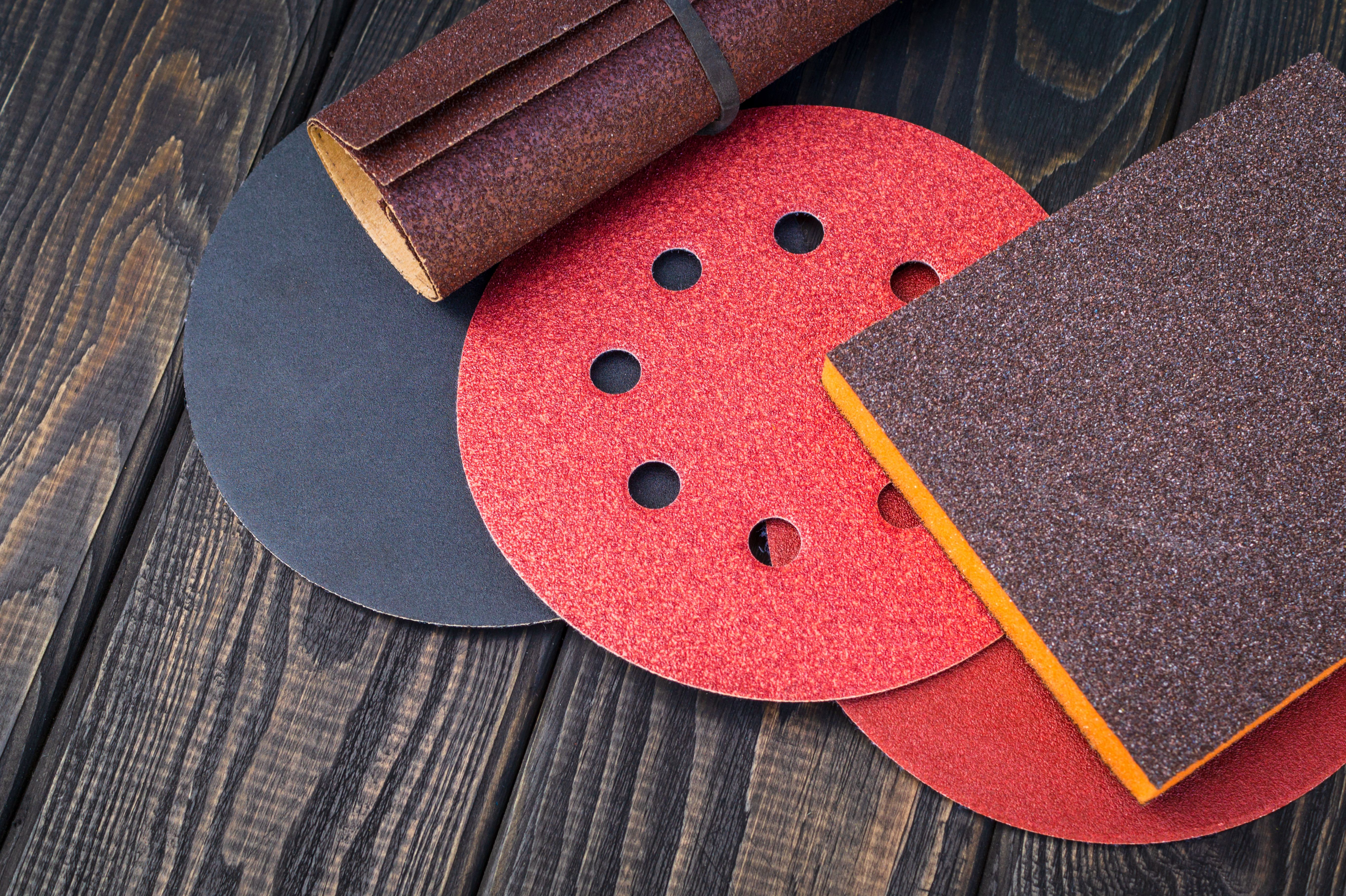
2. Not backing your sandpaper
Sanding without backing, especially on edges, can lead to uneven pressure and dips in the wood. The Fix: Always use a sanding block or some other flat surface behind your sandpaper. This ensures consistent pressure and a more even finish.3. Oversanding and Changing Profiles
It’s surprisingly easy to alter the shape of your workpiece, particularly if you’re a tad heavy-handed or spend too long in one place. The Fix: Check your work regularly. Light, consistent strokes are better than pressing down hard. Remember, it’s much easier to take more off than to put it back.4. Skipping the Dust-Off
Sawdust can often become compressed into the pores of the wood, especially when pressure is applied during sanding. This can affect staining and finishing. The Fix: After each grit, give your piece a quick wipe down. It’ll keep your work clean and ensure that the next grit does its job properly.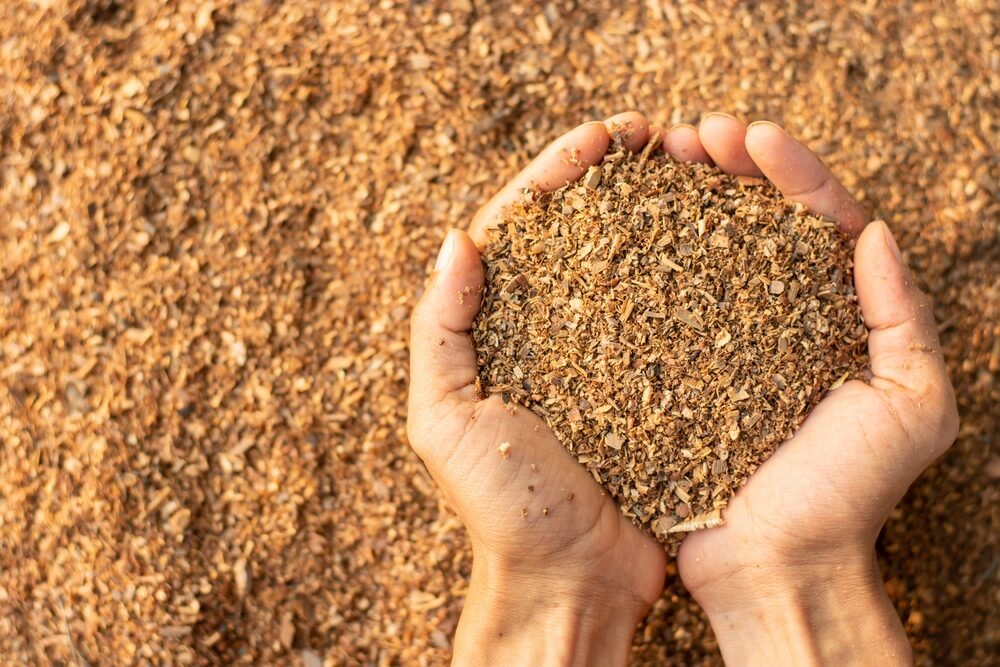
5. Dry Sanding Hardwoods Exclusively
While dry sanding is often the go-to, for some hardwoods, wet sanding can give that pristine finish that dry sanding just can’t achieve. The Fix: Introduce wet sanding into your routine. It’ll reduce dust, keep the surface cool, and can provide a smoother finish.6. Rushing Through Grits
Just because the wood feels smooth after a pass with one grit doesn’t mean it’s ready for the next one. The Fix: Ensure you’ve thoroughly sanded with one grit before moving to the next. Each subsequent grit is meant to remove the scratches of the previous one, not the wood’s imperfections themselves.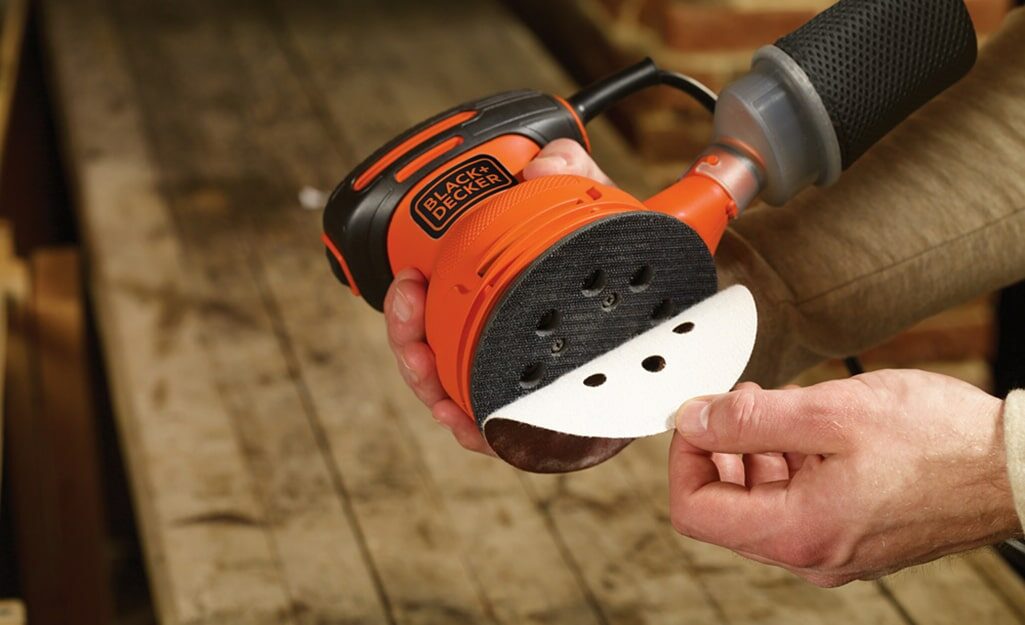
7. Ignoring the Grain
Going against the grain isn’t just a snazzy saying. In the world of woodwork, it’s a cardinal sin. Sanding against the grain can cause deep scratches and a less-than-smooth finish. The Fix: Always sand in the direction of the grain. It respects the wood and gives the cleanest result.8. Forgetting the Finish
So, you’ve sanded your piece to perfection. Don’t drop the ball at the last hurdle! The Fix: Always finish your project, be it with oil, varnish, or paint. Not only does this protect your piece, but it also enhances the grain and brings out the beauty of the wood.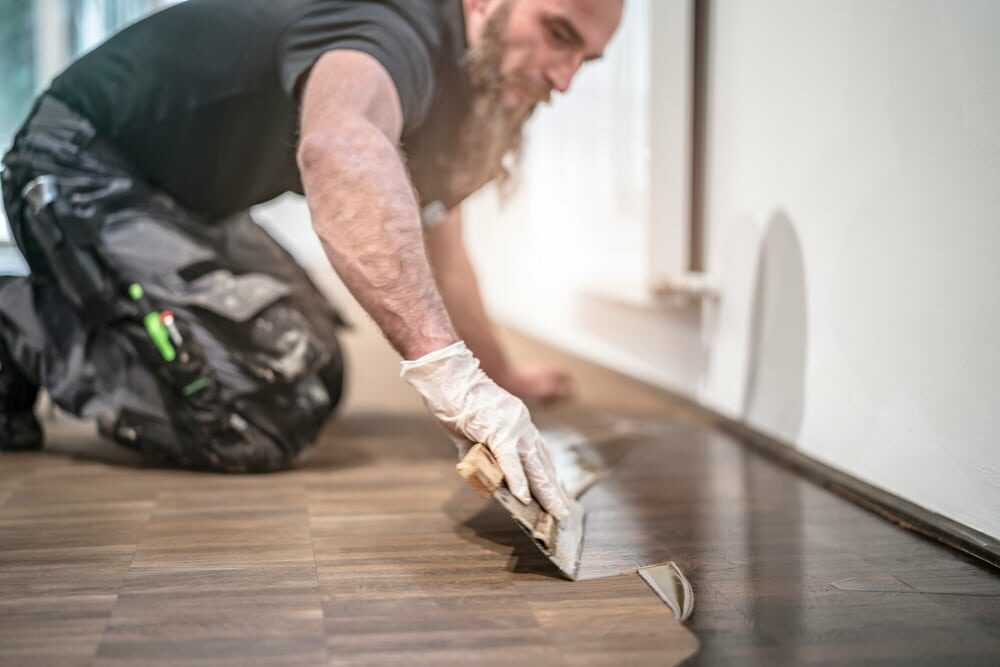
The Nuances of Edge Sanding Machines
Before diving into our final thoughts, let’s touch on an often-debated subject in the woodworking community: manual sanding versus machine sanding. While our earlier discussion focused primarily on the traditional approach, edge sanding machines deserve the spotlight.Machine Edge Sanding: The Pros
- Efficiency: The most evident advantage is speed. An edge sanding machine can finish what might take hours by hand in minutes.
- Consistency: With a machine, there’s less risk of human error, resulting in consistently smooth edges, especially for larger batches.
- Less Fatigue: Let’s face it, sanding can be tiring, especially for large projects. Machines can be a saviour for your tired arms.
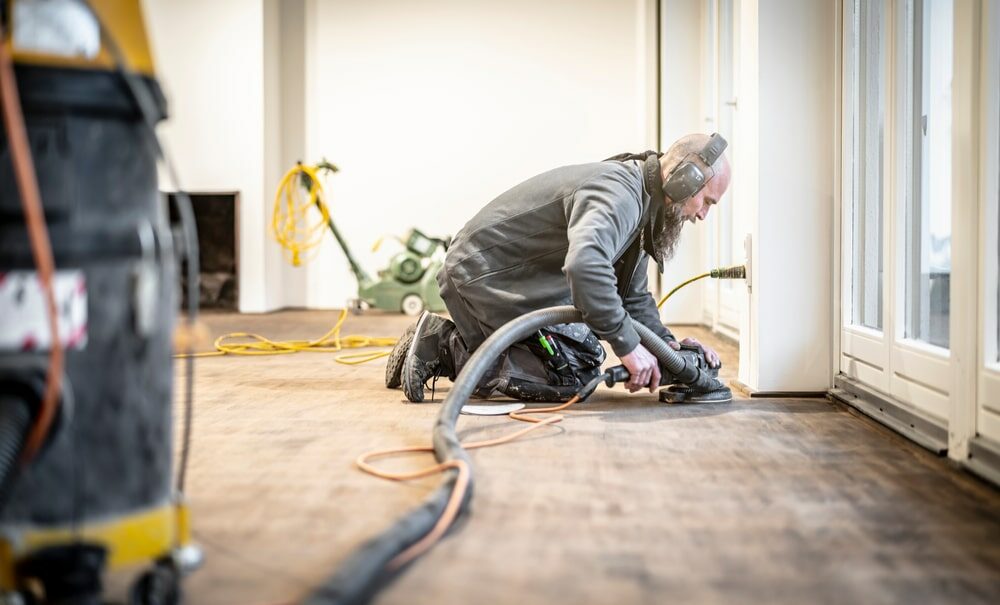
Machine Edge Sanding: The Cons
- Oversanding: Machines are powerful. If you are not careful, you can quickly take off more material than intended.
- Less Control on Intricate Designs: For detailed or delicate pieces, nothing beats the control of manual sanding.
- Cost: Quality edge sanding machines don’t come cheap. They’re an investment, so you’ll need to weigh the pros against the potential dent in your wallet.
Tips for Using an Edge Sanding Machine
If you decide to venture into the world of machine edge sanding, here are a few nuggets of wisdom:- Start Slow: If your machine has an adjustable speed, start at a lower setting to get a feel for its power and adjust as needed.
- Practice on Scrap Wood: Before working on your masterpiece, practice on some scrap wood. It’ll give you a sense of how much pressure to apply and how the machine behaves.
- Regular Maintenance: Like all tools, your edge sanding machine will need regular maintenance. Ensure the belts are in good condition and that there’s no buildup of sawdust in the machine.
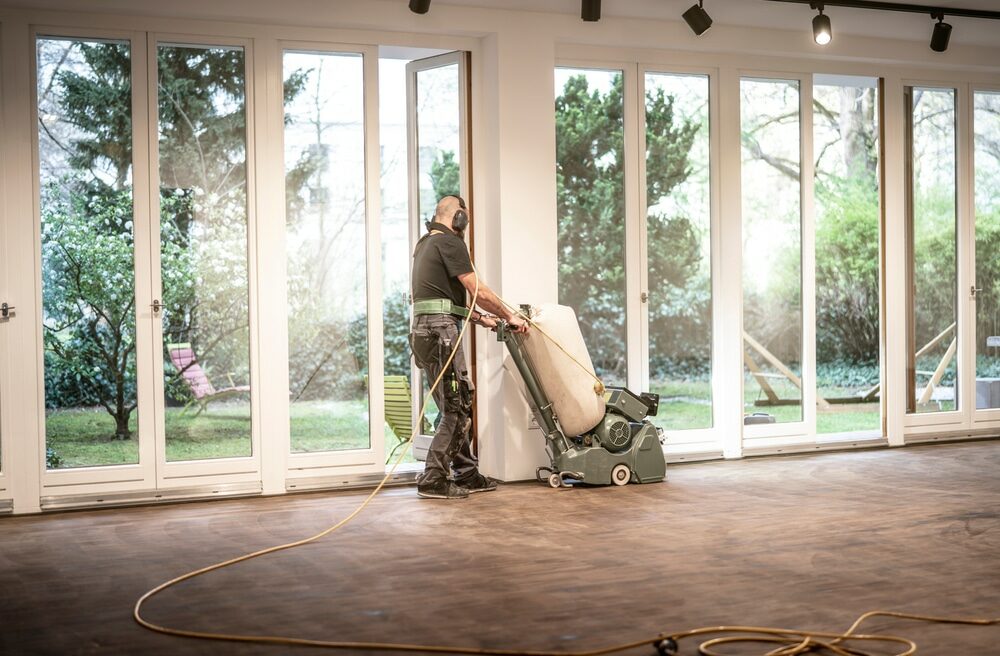 Edge sanding machines, when used correctly, can be a game-changer. However, it’s essential to understand their strengths and limitations. Often, a combination of manual and machine sanding will yield the best results, allowing you to harness the efficiency of the machine while refining and perfecting with the personal touch of hand sanding.
Edge sanding machines, when used correctly, can be a game-changer. However, it’s essential to understand their strengths and limitations. Often, a combination of manual and machine sanding will yield the best results, allowing you to harness the efficiency of the machine while refining and perfecting with the personal touch of hand sanding.
Final Thoughts
As with many things in life, the beauty of woodworking is in the details. And while edge sanding might seem like a mere detail, mastering it is a true nod to one’s commitment to craftsmanship. In the end, it’s the small things, like a perfectly sanded edge, that elevate your work from the realm of the hobbyist to the echelons of the professional. As with brewing the perfect cuppa, the devil is in the details. The next time you’re about to sand those edges, remember these tips, and you’ll be well on your way to a flawless finish. Cheers to the endless pursuit of woodworking perfection!Some Useful Links:
- Stairs Sanding & Refinishing
- Floor Sanding Services
- School Floor Sanding
- Wood Floor Restorations
- Wood Floor Repairs
- Wood Floor Polishing
More from our Blog:
Differences Between Edge Sanding and Drum Sanding Techniques for Edge Sanding Hard-to-Reach AreasChoosing the Right Sandpaper for Edge Sanding How to Achieve Professional Results with Edge Sanding The Importance of Edge Sanding in Floor Refinishing Hand Scraping for Parquet Floors: Enhancing the Beauty of Geometric Designs The Versatility of Hand Scraping Floors: From Modern to Traditional Design Sanding and Hand Scraping Combination Techniques for Custom Wood Floors Hand Scraping Techniques for Different Types of Hardwood Floors
Sanding
We provide virtually dust-free sanding with our continuous belt machinery with mobile extraction units, giving you a safer environment for your family.
Oiling
This organic finish not only adds beauty to your home but also has exceptional water-repellent characteristics, making it easier to clean and maintain.
Waxing
This natural floor finish offers the softest and most mellow appearance – and leaves your floor able to breath.
Buffing
Using soft buffing machines (and hand-polishing where required) will bring a wonderful sheen to your newly-finished floor.
Repairs
We offer a full assessment of your wooden floors to determine what repairs are needed to provide the perfect working surface for the later stages of sanding, staining and sealing.
Restoration
We offer a comprehensive restoration process designed to address floors that are improperly fitted or damaged over time through wear and tear.
Request a fixed price quote for your wood floor restoration now
Simply enter your postcode below to get started.
Services
Wood Floor Sanding Wood Floor Restoration Wood Floor Scratch Repair Squeaky Wood Floor Repair Parquet Floor Sanding Parquet Floor Restoration Commercial Floor Sanding Church Floor Sanding Community Centre Floor Sanding School Floor Sanding Gap Filling Gap Filling with ResinCopyright © Mr Sander®
Privacy & Cookies Terms & Conditions Complaints Procedure Cancellation Rights Sitemap
